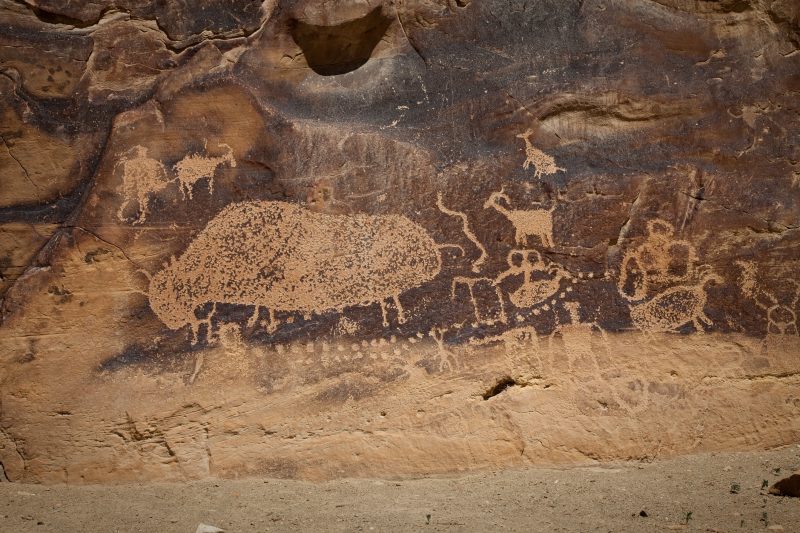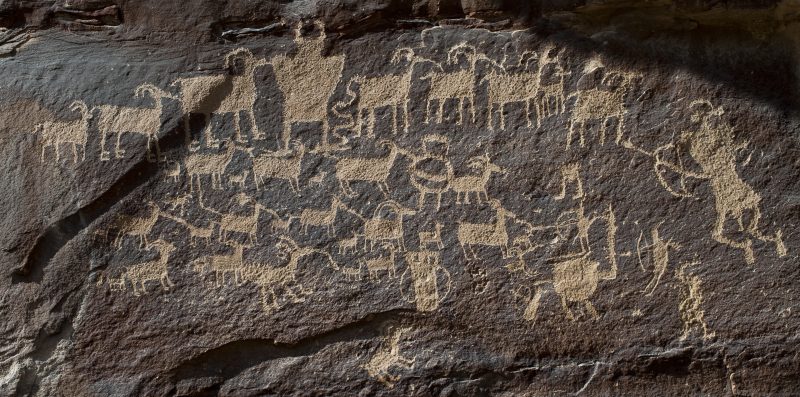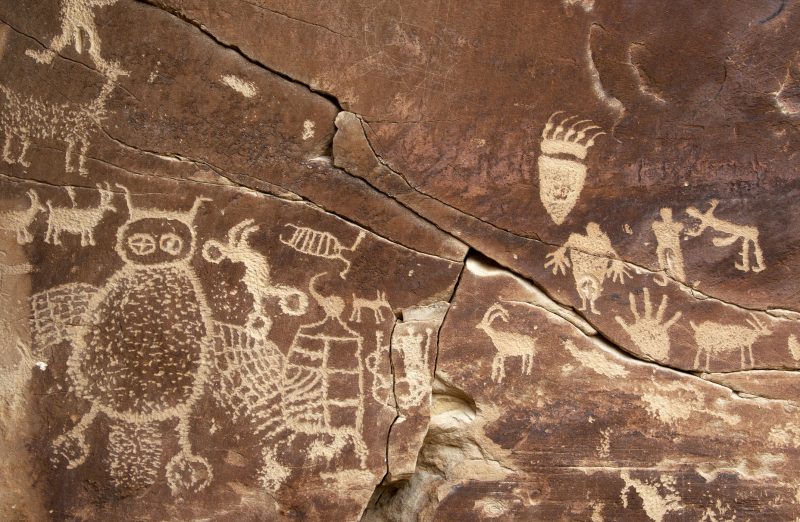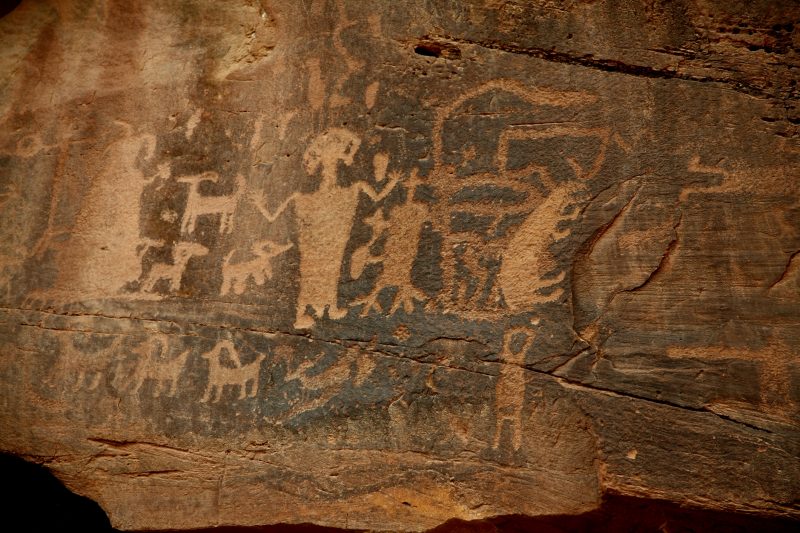Petroglyph Preservation – What’s happening in Nine Mile Canyon?
Ancient Art of Nine Mile Canyon

The deserts of eastern Utah are home to a host of wonders – both natural and man-made. Many of these landmarks and features have developed a storied history over the years as industry and intrigue spread across the state. One such intriguing landmark is the Nine Mile Canyon.
Situated between the Duchesne and Carbon counties in eastern Utah, Forbes reports that the canyon became a major transport route through the eastern Utah mountains in the 1880s. In 1886, a road was constructed linking Fort Duchesne with the railroad in the town of Prince, Utah, through the canyon.
Although the route is no longer widely used for transport, the canyon is host to 1,000 petroglyph rock art sites with more than 10,000 individual images carved by the ancient people who inhabited the region. The extensive archaeological evidence has earned the canyon the nickname “The World’s Longest Art Gallery.”
The History of the Canyon

Stretching for approximately 40 miles through eastern Utah, the Nine Mile Canyon is part of a longer, 78-mile route used to connect the towns of Wellington and Myton. According to the Utah Division of State History, the Nine Mile Road running through the canyon was built between 1886 and 1887 by the all-black 9th U.S. Cavalry Regiment. The road linked Fort Duchesne with the nearby town of Prince, Utah.
The fort was closed in 1912, but the community built around it still remains. The Native American Ute tribe are headquartered here – a community of around 714 people.
The area has seen a good amount of tourist activity because of the large amount of petroglyphic art present around the various rocks of the canyon.
The World’s Longest Art Gallery

Forbes writes that The Nine Mile Canyon is made up of interbedded sandstone, mudstone, and shallow water limestone. It was carved by the Nine Mile Creek, which is not a large body of water but was important for supporting the wildlife and indigenous peoples in the area.
There are a total of over 10,000 images carved into the rocks around the canyon. The carvings depict wildlife and early native culture, with a particular focus on hunting. The Fremont peoples of the area, dominant from around 950 to 1250 CE, account for much of the art, which also depicts their agriculture. Other cultures that contributed to the art include the Ute peoples that inhabited the canyon around the 16th century.

Richard Kerry Holtzin notes in his book, Hitchhiker’s Guide to the American Southwest, that the earliest sign of non-native presence in the area is an inscription that reads: “S. Groesbeck August 19, 1867”
Endangered Art
National Geographic reports that an increase in industrial activity in the area has led to an increase in airborne dust in the surrounding area, putting the petroglyphs at risk of erosion and other damage.
A recent proposal to add 800 more natural gas wells to the area was met with concern from the Nine Mile Canyon Coalition. The area has received a nomination to the National Register of Historic Places and was included on the National Trust for Historic Preservation’s list of America’s Most Endangered Places.

The Salt Lake Tribune reported in 2016 that leases were also up for auction for oil drilling sites in the Nine Mile Canyon. This too has been met with resistance from several historic preservation and conservation groups. The article states that an ongoing environmental review could possibly remove more parcels from the auction and concluded that the Nine Mile Parcels can be developed to an extent without harming the valuable cultural resources.
Increased tourist activity also puts the ancient art at risk. The extra dust kicked up by the traffic could damage the petroglyphs, as well as direct contact by tourists.





